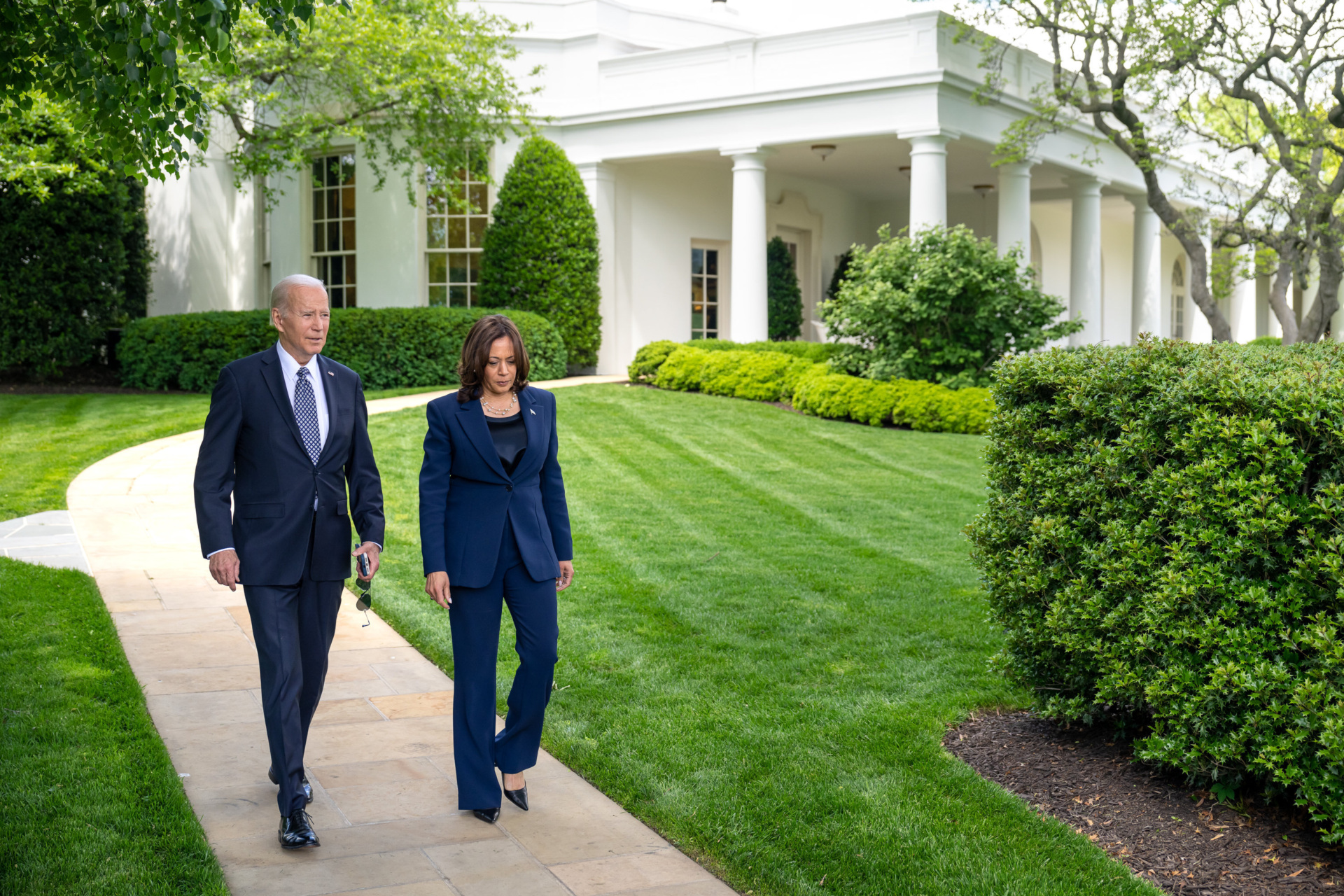
Economist Robert J. Gordon’s recent study on economic indicators and electoral outcomes offers a data-driven forecast for the Biden-Harris administration’s reelection chances, and the numbers don’t look promising for the Democrats.
The post Breitbart Business Digest: Biden-Harris’s ‘Excess Inflation’ Points to Big Trump Win appeared first on Breitbart.
Economic Indicators Predict a Big Trump Win
The establishment media’s coverage of Donald Trump’s rally in Madison Square Garden makes it clear that the Democrats’ closing case will center on stirring fear and loathing for Republicans. Yet the upcoming election will likely turn on the issue Americans have repeatedly called most pressing: the economy.
Economist Robert J. Gordon’s recent study—”How Do Electoral Votes, Presidential Approval, and Consumer Sentiment Respond to Economic Indicators?”—offers a data-driven forecast for the Biden-Harris administration’s reelection chances, and the numbers don’t look promising for the Democrats. Gordon, an expert in growth and long-term productivity, uses two key indicators—growth per capita and “excess inflation”—to measure electoral sentiment based on real economic impacts rather than the distractions of the day. His findings? The GOP holds a significant advantage as November approaches.
Central to Gordon’s analysis is a simple, enduring question: Are voters better off now than they were four years ago? His model, grounded in clear, measurable data, sidesteps complex theories and focuses on what most voters experience firsthand: economic growth and inflation. The result is clear: inflation under Biden has risen faster than it did during Trump’s term, and voters have felt the strain. Historically, such conditions—high inflation and lackluster growth—correlate with diminished support for the incumbent.
Gordon’s approach refreshingly cuts through the pollsters’ obsession with demographic slices and cultural hot buttons. Instead, he hones in on the real-world issues that matter to families: how far their dollar stretches today compared to yesterday. The model’s message is simple: while party loyalty may pull some, economic conditions remain the core driver of voter behavior. With prices for essentials such as groceries and housing climbing, many voters may be questioning whether another four years of the same policies are in their best interest.
Historically, Gordon’s model has been remarkably accurate, especially before 2000, in predicting electoral shifts based on economic indicators. It captured iconic electoral moments like Ronald Reagan’s 1984 landslide, where economic recovery post-Carter boosted voter confidence even amid concerns over inflation. This reflects a fundamental truth of American politics: financial well-being often outweighs even strong political preferences, especially in challenging times.
Democrats Have Sometimes Underperformed Economic Indicator-Implied Support
But Gordon also notes that recent decades have altered the equation. Partisan loyalty has intensified since 2000, creating gaps between economic conditions and electoral outcomes. Gordon points to the 2000 and 2016 elections, where his model, once reliable, did not match the final Electoral College outcomes. Al Gore and Hillary Clinton both lost contests his model had leaned in their favor, highlighting the new weight of party loyalty.
Yet in both cases, it was the Democrat who came up short. And in 2020, Gordon’s model under-predicted the number of Electoral College votes Trump would secure. This suggests that while his indicators remain reliable, they may occasionally underestimate Republican strength, especially in a climate of economic uncertainty.
Even so, economic performance remains a central electoral force. In today’s environment of sustained inflation, the advantage naturally tilts toward the opposition.
At the heart of Gordon’s method is his “excess inflation” measure, which compares current inflation against that of the prior administration—a barometer for Americans’ lived experiences at the checkout line. And by this metric, Biden’s record suffers. Inflation has surged above levels seen under Trump, and while the administration attributes this to global factors—supply chain issues, pandemic aftershocks, and the Fed’s aggressive rate hikes—voters are unlikely to be swayed by explanations alone. For most, the reality is the rising cost of essentials, not the reasons behind them.
Gordon’s findings underscore a core truth about American voting behavior. For all the debates over identity and culture, Americans remain pragmatic about their financial lives. The working class, now seeing their paychecks increasingly strained, may prioritize financial security over broad political agendas. Gordon’s analysis suggests that inflation may drive undecided voters to the GOP even if Trump is constantly depicted in the worst terms imaginable by the establishment media.
Voters Judge Results, Not Complex Arguments About Causation
The Biden administration may argue that inflation and growth challenges were inevitable, pointing to supply chain disruptions and global shocks as justification. But Gordon’s model, based on data rather than narrative, reminds us that Americans gauge success by what they experience directly, not theoretical and often partisan-tilted economic explanations. When wages lag and prices soar, incumbents typically pay the price.

President Joe Biden and Vice President Kamala Harris walk from the Oval Office to the South Lawn on May 5, 2023, in Washington, DC. (Official White House Photo by Adam Schultz)
Gordon argues that economic conditions remain foundational to election outcomes. His work doesn’t attempt to capture every nuance of today’s electorate, but it isolates economic performance as a reliable indicator. The result is a powerful reminder: when Americans feel financially strained, they seek change. For Biden, Gordon’s equation signals that, even amid culture wars and ideological divides, the economy remains a decisive force.
In a recent New York Times newsletter, Peter Coy notes:
According to Gordon’s formula, a generic Republican candidate running this year would win easily. The race is likely to be closer than the equation suggests because Trump is uniquely unpopular, Gordon told me. There are two versions of his equation, which predict Vice President Kamala Harris securing only 145 or 183 electoral votes. She is “doubtless” going to do better than that, Gordon said, and might even pull out a win.
In other words, the model shows Harris falling far short of the 270 electoral votes needed to win.
Is it any wonder the legacy media is working overtime to focus on anything but the economy?




